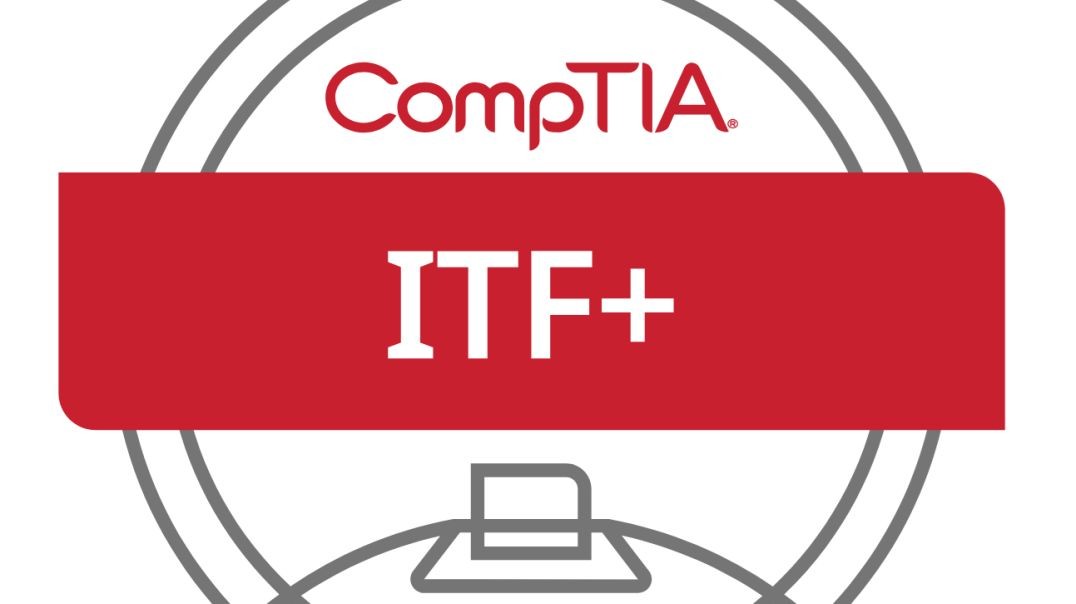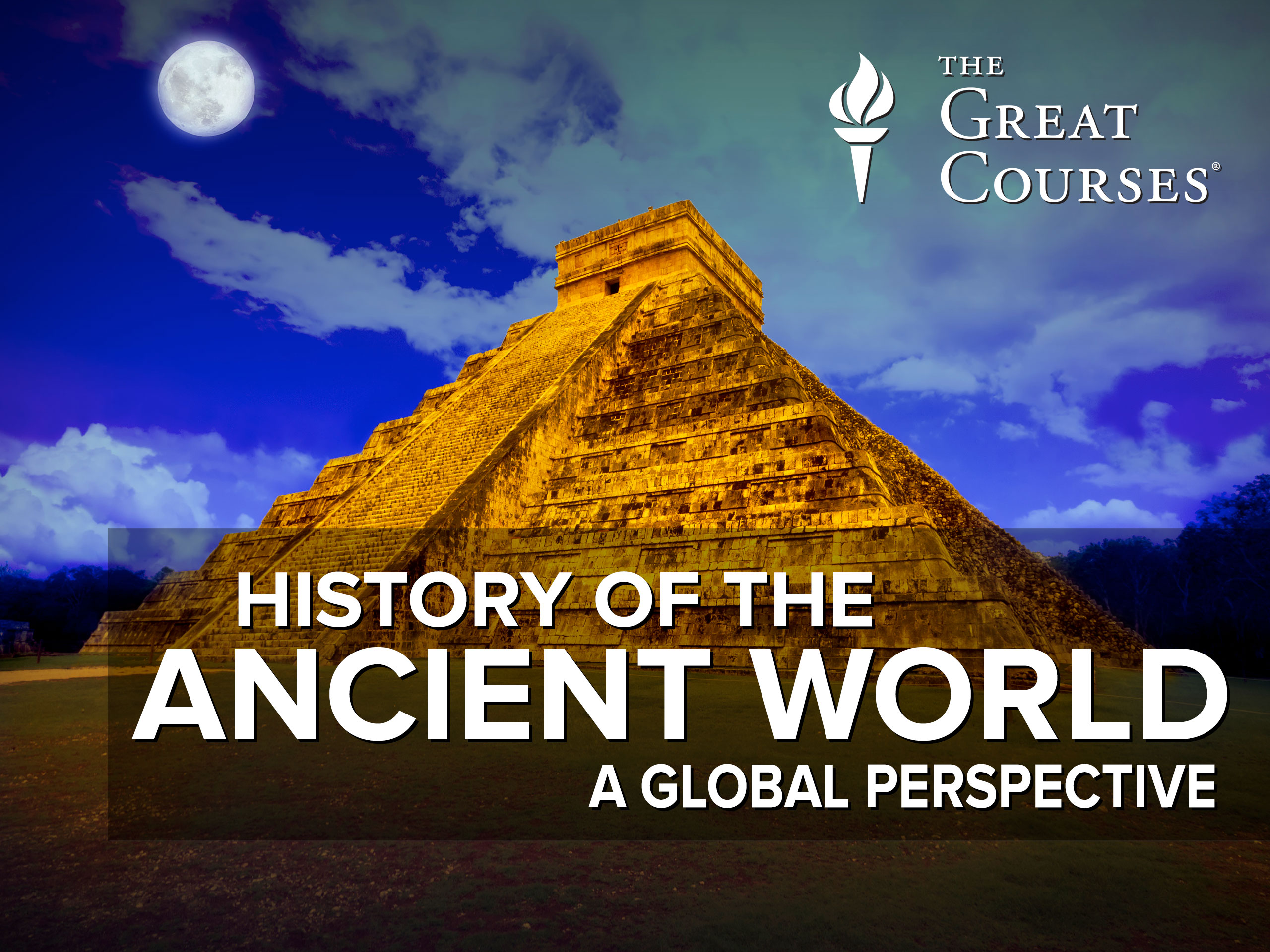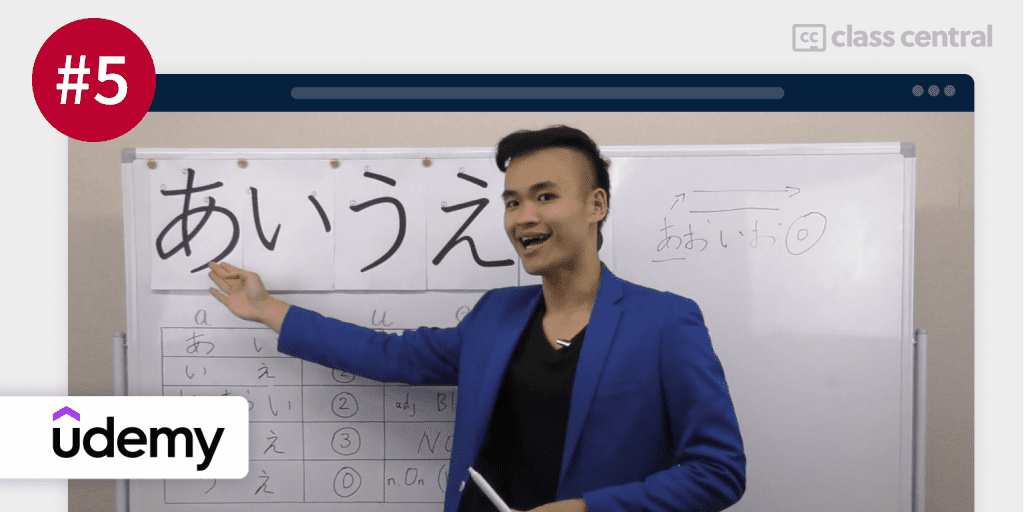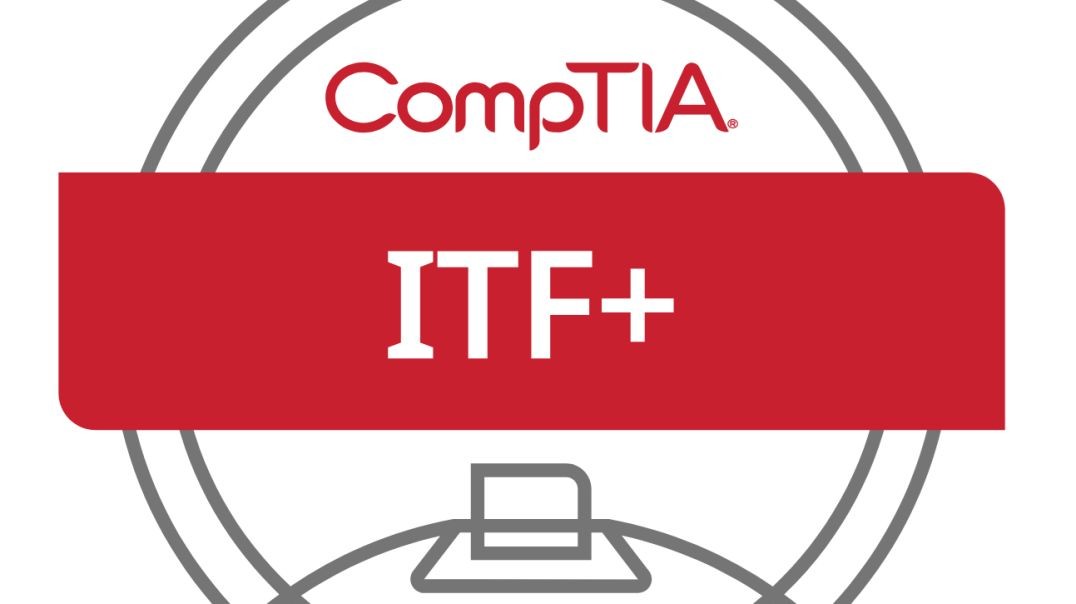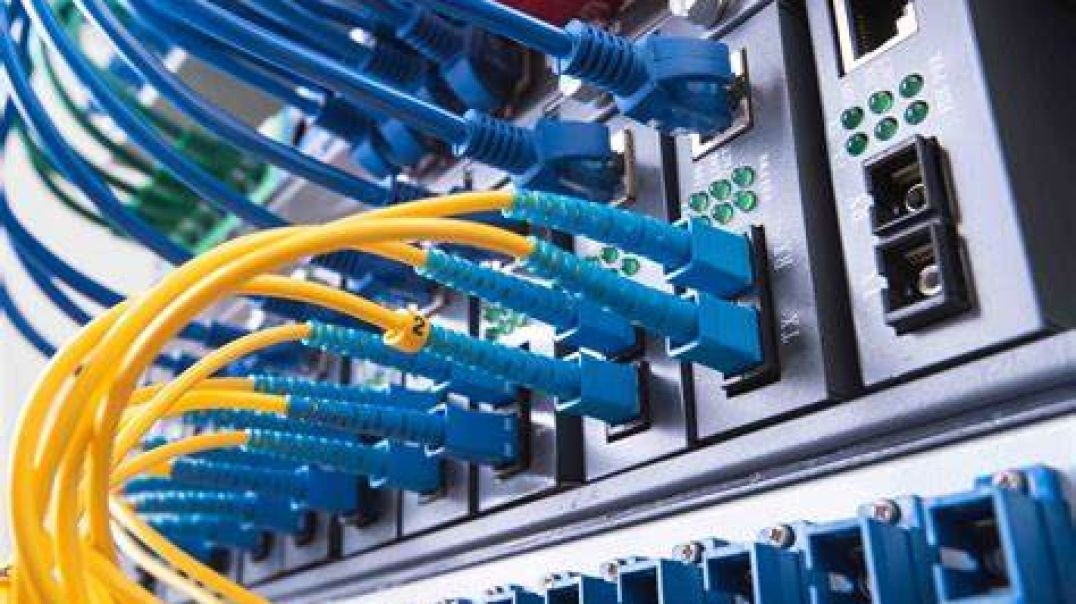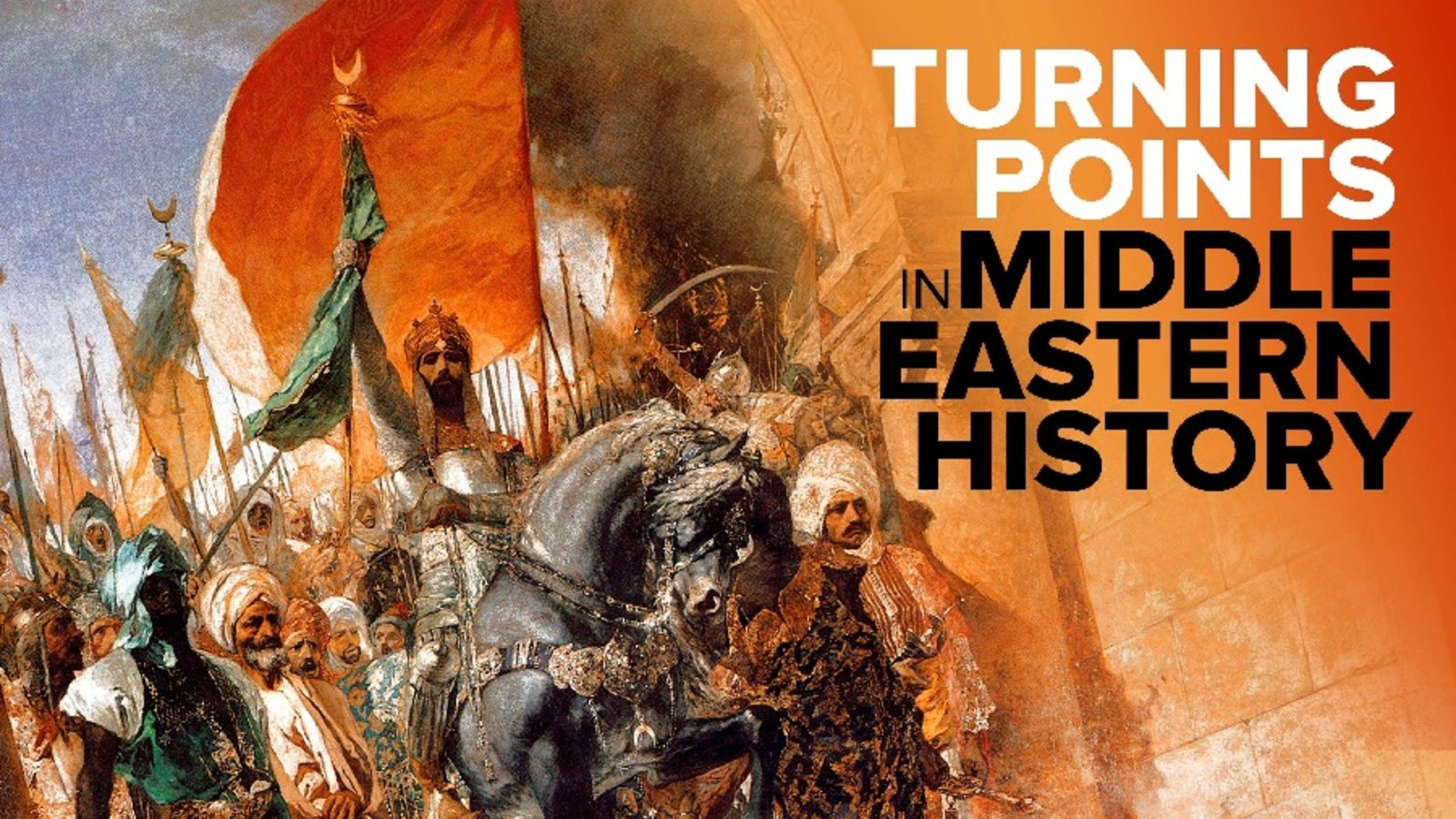Top videos
OSN-K Informatika 2024
CompTIA IT Fundamentals+ Course | Module 6 Part 7: Output Devices and Peripherals
Debate gives you an honest assessment of an idea, and is therefore a powerful decision-making tool. Here, Professor Atchison walks you through the structure of a formal debate and explores when debate can help you the most. As you will learn, big and future-oriented decisions are ripe for formal discussion.
Discover how Egyptian views of death and tombs changed with the kingdom's occupation by—and eventual expulsion of—the Hyksos, including an examination of how the stark differences between the Egyptian and Mesopotamian environments may have influenced their visions of the afterlife.
CompTIA IT Fundamentals+ Course | Module 11 Part 1: File Systems and Features
CompTIA IT Fundamentals+ Course | Module 11 Part 2: Disk Partitions
The word scientist" wasn't invented until the 19th century, but we would nonetheless apply the word to the many scientific thinkers of the Golden Age. Here, you'll witness the process of experimentation that was the start of the scientific method, and you'll see how scientists of the time advanced the field of chemistry."
As a truly international, intercultural, interracial, and even intercontinental era, great travelers abound. Here, you will meet the Moroccan wayfarer Ibn Battuta and trace his journey across Northern Africa and the Middle East in the century after the Mongol sack of Baghdad. Gain new insights into the era-including whether it ever truly come to an end.
Explore two major forms of Japanese theater: Noh (the high classical form) and Kabuki (the more popular form). In looking at two important theatrical works - Atsumori, rich in lofty ideals and elegant aesthetics, and The Scarlet Princess of Edo, full of crude decadence and mayhem - you'll uncover what these traditions share, and what they make their own.
CompTIA IT Fundamentals+ Course | Module 9 Part 1: Operating Systems
CompTIA IT Fundamentals+ Course | Module 7 Part 2: Network Components
OSN-K Informatika 2024
Part 12 of Computer Networking Fundamentals: Wireless Network Configuration
Wireless Network Configuration
At the end of this episode, I will be able to:
- Examine and implement a wireless network configuration.
Learner Objective: Examine and implement a wireless network configuration.
Description: In this episode, the learner will explore a demonstration of wireless network concepts through practical application of wireless network configuration.
- Introduction to Network Infrastructure
- Wireless network demo
- Components
- Wireless enabled laptop
- Ethernet cable (to connect to the access point)
- TP-Link TL-WA1201 AC1200 Wireless Access Point
- If necessary, perform factory reset on the AP
- Follow the procedures found on the vendor website
- Login to the AC point
- View the Status page
- Note - examine any current connections via the "Wired Clients" and "Wireless Client"* icons
- Click the "Quick Setup" tab
- Note* - Examine the options
- Access Point mode - the AP controls all communications on the network
- Range Extender mode - Relays signals to increase the transmission distance of the wireless network
- Client mode - acts as a networks adapter (or wireless client), allows other wired devices connect to the AP
- Multi-SSID mode - allows the Access point to create multiple wireless networks for VLANs and security.
- Note* - Examine the options
- Click the Network blade
- LAN - customize the IP address scheme for the AP and the LAN.
- DHCP Server - customize the DHCP server settings for the wireless network.
- Click the Wireless blade
- Wireless Settings - configure the SSID, encryption, mode, channel width and channel.
- Portal - creates a captive portal to direct clients to for authentication purposes
- WPS - enable or disable WPS
- Statistics - view the client's connection properties
- MAC Filtering - allow or deny access to the wireless networks based on the wireless client's MAC address
- Click the System Tools blade
- Time Settings, LED Control, SNMP, Ping Watchdog, Firmware upgrades, Backup & Restore, Reboot Schedule, Administration and Diagnostics
Investigate the epochal turning point of the breakup of the Ottoman Empire and the abolition of the Islamic caliphate - Islam's supreme religious authority - after 1300 years. Witness the remapping of the Middle East by the imperial powers of Britain and France, the impact of these changes on the region, and the emergent states of the modern Middle East.
CompTIA IT Fundamentals+ Course | Module 10 Part 2: Management Interfaces
Witness the early development of a unique culture that viewed itself as constituting the entirety of the world and thus the site of all cultural advancement, with the latter self-image largely maintained even after China gained an awareness of the world beyond its borders.
CompTIA IT Fundamentals+ Course | Module 10 Part 4: Memory and Disk Management

